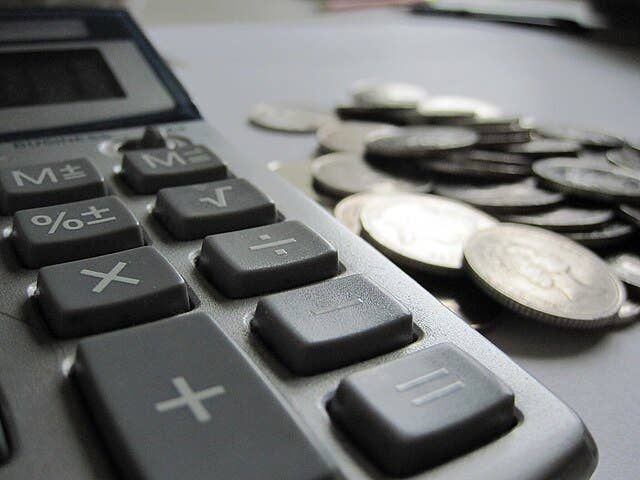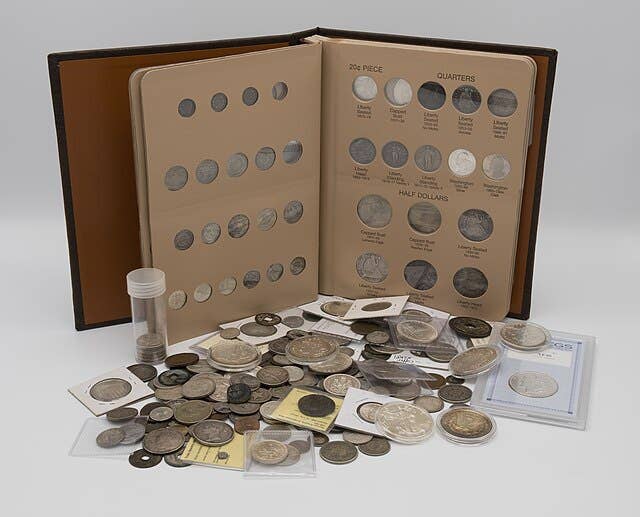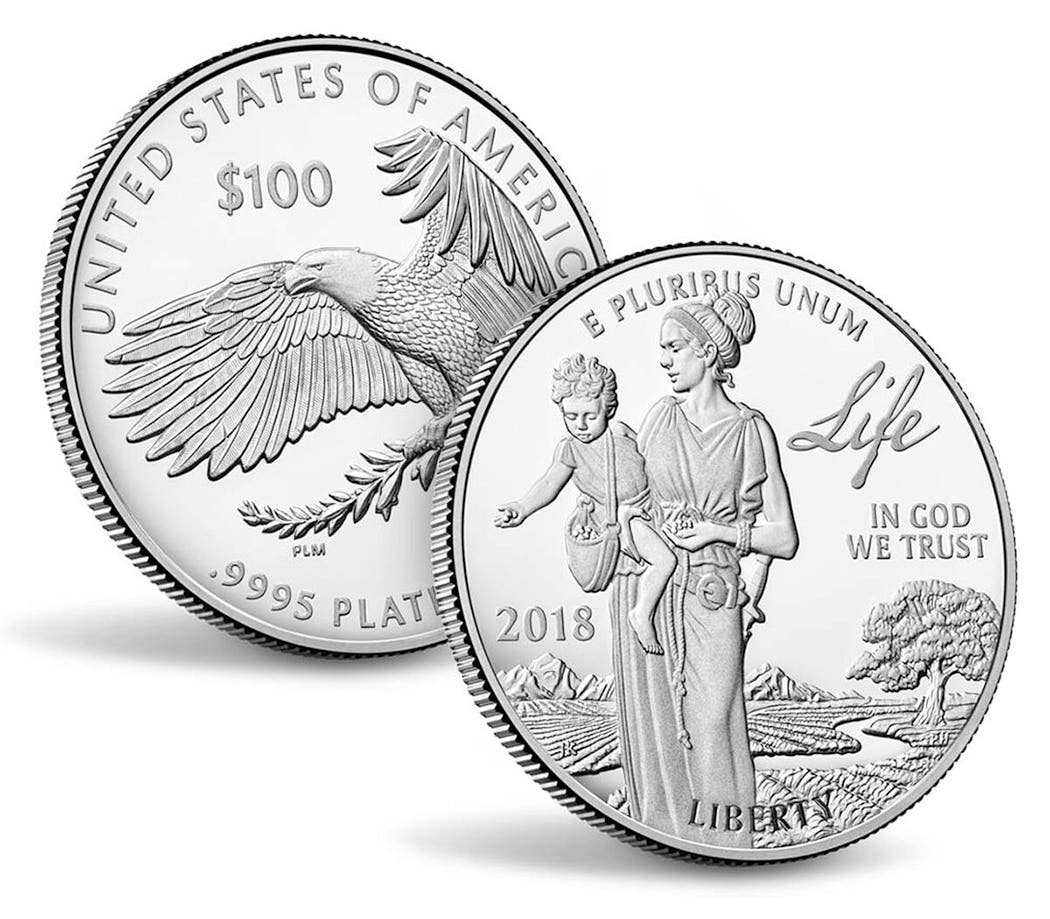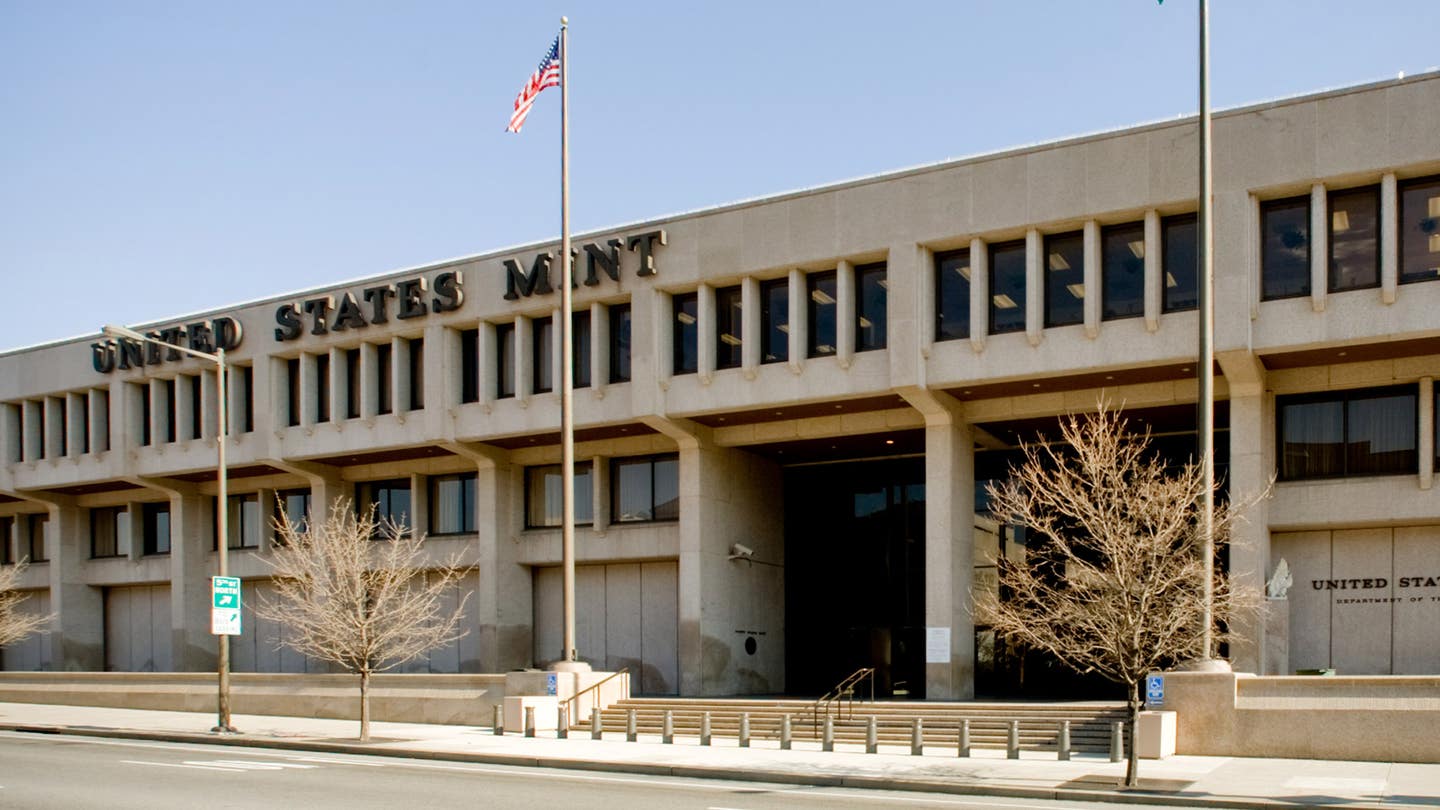Conducting Commerce Using Multiple Currencies
I’ve just returned from a vacation where most of the time I was in Milan, Italy. That city has been far more important to financial history than I realized, and…
I’ve just returned from a vacation where most of the time I was in Milan, Italy. That city has been far more important to financial history than I realized, and I suspect the same is true for most Americans.
For about the past century before the fall of the city of Rome, Milan effectively served as the capital of the Roman Empire. From the Middle Ages onward, Milan has been a major European financial center. It is currently Italy’s financial, industrial, commercial and cultural center.
Over the centuries, Milan was dominated by French, German, Austrian and Spanish rulers. Still, because of its key location in northern Italy, it was one of Europe’s major cities. When construction of the Duomo Cathedral – the world’s largest church until St. Peter’s Basilica in Vatican City was built starting 200 years later – began in 1386 (a project not completed until the 1960s), Milan was the most populous European city, with 150,000 residents. (At the time, the population of Paris was 130,000 and London was 35,000).
Even though landlocked, Milan engaged in active trade with the east, right along with the Italian cities of Genoa and Venice. With so many foreign influences, the duchy of Milan issued its own coinage but handled coins from multiple countries. After Venice introduced the silver grosso about 1200, a coin considered to be one of the four most historically important by researcher Richard Doty, Milan began issuing its matching grosso denomination. Still, commerce in Milan was conducted in coins from Venice, other Italian regions, the Byzantine Empire and from other European lands.
The practice of trading in multiple currencies continues today. I shopped in several Milan stores where the cashiers would accept up to 10 foreign currencies for payment, with exchange rates listed in front of the cashier. I can comprehend a business accepting a variety of currencies for transactions, but the accounting for such transactions must be complicated.
Here in early American history, there were multiple currencies used to conduct commerce. Beyond British coins and currency, the most popular alternative was the Spanish silver 8 reales and subsidiary denominations. Dutch coins were brought by immigrants from that country. Also, because of commerce with French territories in Canada and Louisiana, and with the West Indies, a number of French and Portuguese coins also circulated in the colonies and in the independent United States up to the 1850s.
Today, there are growing prospects that Americans may once again be able to use multiple currencies to conduct commerce. As of the end of 2022, the states of Arizona, Colorado, Missouri, Oklahoma, Utah and Wyoming had adopted laws granting gold and silver legal tender status for payments – assuming the other party to a transaction was willing to accept them. Several more states have adopted such laws thus far in 2023.
If the purchasing power of the dollar continues to decline faster than it did in years past, you may see even more American businesses posting their willingness to accept payments other than in U.S. dollars.








